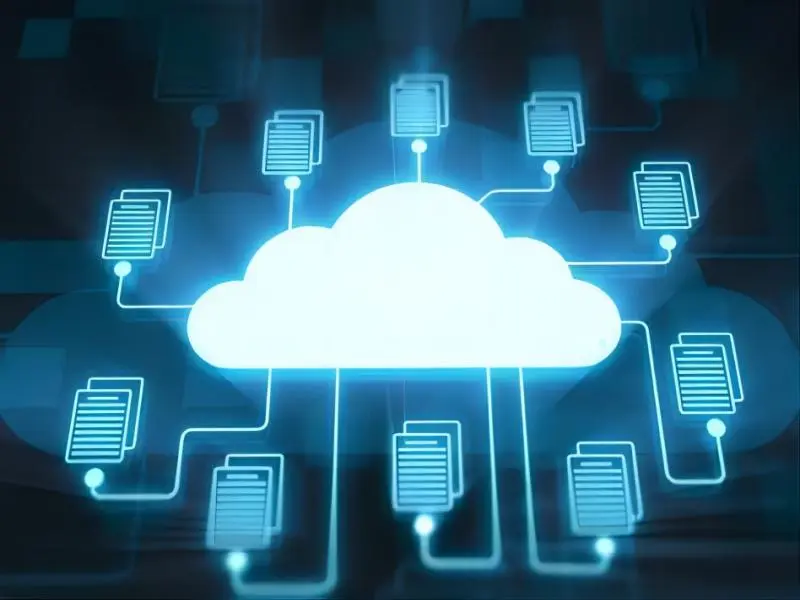- Data protection with encryption and IAM ensures your data is secure during both transmission and storage.
- Regular audits, backups, and monitoring help detect threats early and maintain data safety.
As businesses increasingly embrace Software as a Service (SaaS), concerns about data security grow. SaaS providers manage vast amounts of sensitive information in the cloud, making data security a top priority. Understanding how these providers protect your data can help you feel confident about using cloud services.
Data encryption: Protecting information in transit and at rest
One of the primary ways SaaS providers safeguard data is through encryption. Encryption ensures that your data remains secure during transmission and while stored in the cloud. Providers typically use robust encryption protocols, such as Advanced Encryption Standard (AES) with 256-bit keys. This means even if unauthorised parties access the data, they cannot read it without the encryption key.
Data is encrypted both in transit and at rest. When data moves between your device and the cloud, it is protected using Transport Layer Security (TLS). This prevents hackers from intercepting information during transfer. Similarly, data at rest—stored on servers—is encrypted to prevent unauthorised access.
Also read: Cloud data protection: Definition, benefits and methods
Identity and access management (IAM)
Identity and access management (IAM) is crucial for SaaS security. IAM tools control who can access specific data and resources. SaaS providers implement strong authentication methods, such as multi-factor authentication (MFA), to ensure only authorised users gain access.
With MFA, users need to provide two or more credentials—like a password and a verification code sent to their phone—to access the system. This extra layer of security reduces the risk of unauthorised access, even if someone manages to steal a password.
Regular security audits and compliance
SaaS providers conduct regular security audits to identify and address vulnerabilities. Independent third-party assessments help ensure compliance with industry standards. Certifications such as ISO 27001, SOC 2, and GDPR compliance indicate that a provider adheres to best practices in data protection. These audits cover various aspects of the provider’s operations, including infrastructure, software, and employee practices. By undergoing regular assessments, providers maintain a high level of security and continuously improve their systems.
Also read: Ensuring data protection in Cloud Connect services
Data backup and disaster recovery
Another critical aspect of SaaS security is data backup and disaster recovery. Providers perform regular backups to ensure data is not lost due to hardware failure, cyberattacks, or other incidents. These backups are stored in multiple locations, providing redundancy in case of a major disaster. Disaster recovery plans are in place to restore services quickly if something goes wrong. By ensuring fast recovery, SaaS providers minimise downtime and data loss, allowing businesses to continue their operations with minimal disruption.
Monitoring and threat detection
SaaS providers use advanced monitoring tools to detect suspicious activity. These systems continuously scan networks and applications for signs of threats or breaches. Automated alerts notify security teams of potential issues so they can take swift action. Many providers also use artificial intelligence (AI) to identify patterns and anomalies that might indicate a security threat. Proactive monitoring helps detect issues before they become significant problems, providing an additional layer of security.
Shared responsibility model
It’s important to remember that SaaS security is a shared responsibility. While providers take extensive measures to protect data, users must also follow best practices. This includes using strong passwords, enabling MFA, and being cautious with phishing attempts.
Keeping your data safe with SaaS
SaaS providers use a combination of encryption, IAM, regular audits, and proactive monitoring to protect your data in the cloud. These measures ensure that your information remains safe from unauthorised access and data loss. However, users also play a role in maintaining security by following best practices. With strong collaboration between providers and users, SaaS can offer a secure, reliable way to manage business operations in the cloud.

